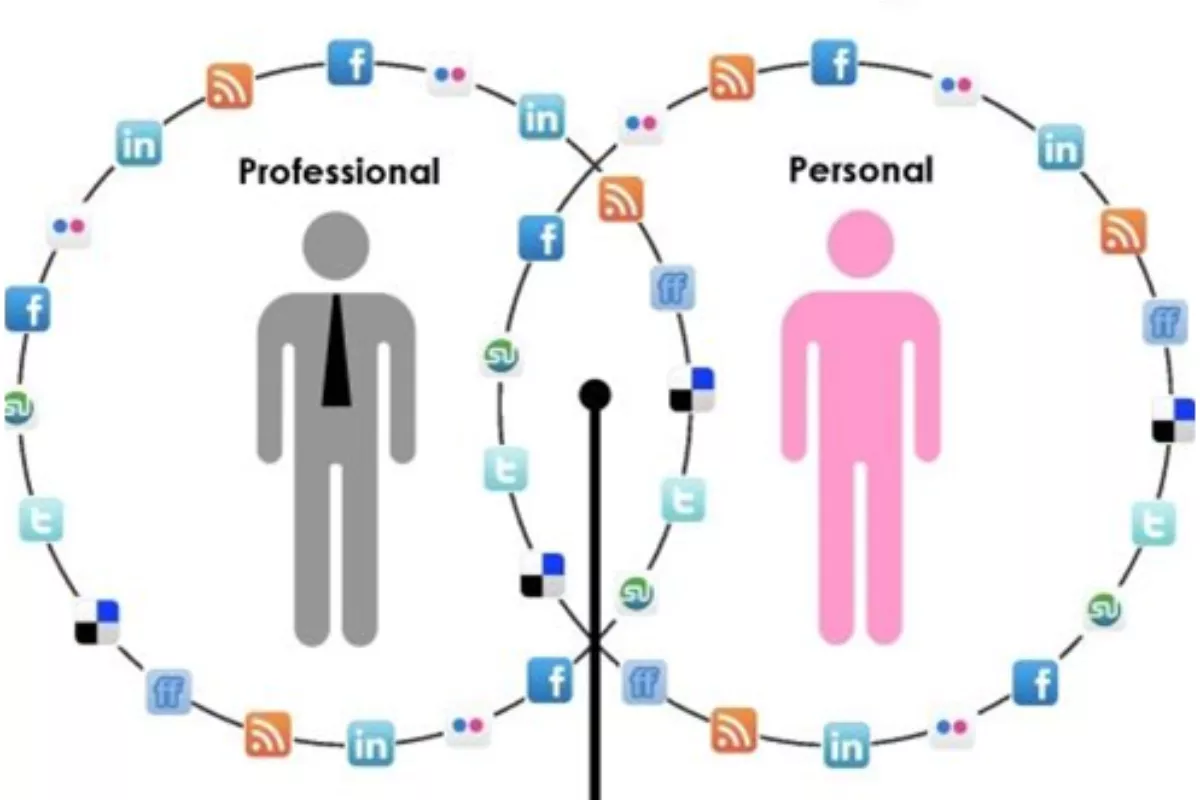Social media can boost a business’s visibility, engage customers, and increase brand loyalty. But without clear rules, it can cause confusion, security risks, and reputational damage. A social media policy sets the ground rules, helping businesses use social platforms effectively while avoiding risks.

Table of Contents
ToggleWhat Is a Social Media Policy?
A social media policy is a set of rules that guide how businesses and employees use social media. It protects a company’s brand, prevents data breaches, and keeps messaging consistent. A well-crafted policy also empowers employees to share updates responsibly and engage with customers professionally.

Key Elements of a Social Media Policy
A strong social media policy should include:
- Who It Applies To – Clearly define whether it covers employees, contractors, or third-party partners.
- Brand Voice and Messaging – Set rules for tone, language, and consistency across platforms.
- Platform-Specific Guidelines – Explain how to use different social media sites like Facebook, LinkedIn, and Twitter.
- Acceptable and Unacceptable Content – List what employees can and cannot post about the company.
- Crisis Response Plan – Outline steps to handle negative publicity or customer complaints.
- Monitoring and Compliance – Define how the company will track adherence and enforce rules.
Why Businesses Need a Social Media Policy
Social media plays a significant and critical role in businesses. Businesses without a social media policy might face legal risks, brand damage, and inconsistent messaging. A clear policy ensures employees understand how to use social media without causing harm.
1. Protects the Company’s Reputation
An unregulated social media presence can lead to misinformation, unprofessional posts, or brand misalignment. A social media policy prevents these mistakes and ensures professionalism.
2. Prevents Confidentiality Breaches
Sharing sensitive information unintentionally may happen to employees. A policy establishes boundaries, protecting business and customer data.
3. Sets a Standard for Professionalism
A policy ensures employees communicate respectfully and appropriately on social media. It helps maintain a positive image across platforms.
4. Protects Employee Privacy and Security
A social media policy safeguards employees by educating them about online security threats, phishing scams, and cyberattacks.
5. Encourages Positive Brand Advocacy
Employees can be valuable brand ambassadors. Clear guidelines help them promote the company responsibly without misrepresenting it.
6. Reduces Legal and Compliance Risks
Companies must follow laws related to advertising, privacy, and intellectual property. A social media policy educates employees on legal requirements, reducing compliance risks.
Challenges of Implementing a Social Media Policy
Creating and enforcing a social media policy comes with challenges:
1. Takes Time to Develop and Implement
Drafting an effective policy requires input from legal, HR, and marketing teams. But once in place, it prevents costly mistakes.
2. Requires Employee Training
Employees need training on social media rules. Free or low-cost resources can simplify this process.
3. Difficult to Monitor Compliance
Tracking social media activity can be challenging. Regular updates, education, and clear guidelines make enforcement easier.
4. Must Avoid Restricting Creativity
An overly strict policy can discourage employees from using social media positively. A good policy balances security with creative freedom.
5. Managing Employee Turnover
Former employees may still have access to company accounts. A social media policy should include offboarding procedures to prevent unauthorized access.
Best Practices for a Strong Social Media Policy
To ensure success, a social media policy should be:
- Clear and Easy to Understand – Use simple language so employees know exactly what is expected.
- Aligned with Business Goals – Support brand awareness, customer engagement, and marketing efforts.
- Updated Regularly – Adapt the policy as social media trends and laws change.
- Well-communicated – Provide employees with training and accessible guidelines.
- Balanced and Fair – Protect the company while allowing employees to engage meaningfully online.
Conclusion
A social media policy prevents risks and ensures employees use social platforms responsibly. It protects a company’s reputation, secures data, and aligns messaging. Businesses that implement clear policies avoid legal troubles, encourage employee advocacy, and create a strong, professional online presence.
At MantraM Digital, we help businesses create and enforce effective social media policies that protect their brand and enhance engagement. Our Dallas-based agency specializes in policy development, content management, crisis response, and employee training to keep your business secure and professional online. Call (469) 827-7641 or email us to build a strategy that aligns with your brand and business goals.
Last Updated on April 29, 2025
Subscribe And Receive Free Digital Marketing Tips To Grow Your Business
Join over 8,000+ people who receive free tips on digital marketing. Unsubscribe anytime.
At MantraM we strongly believe that every business or brand is unique and has its own blueprint. Just like we all have a unique purpose, so does every business. We specialize in Marketing, Social Media, & Facebook Ads.





